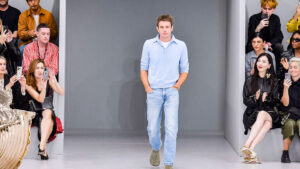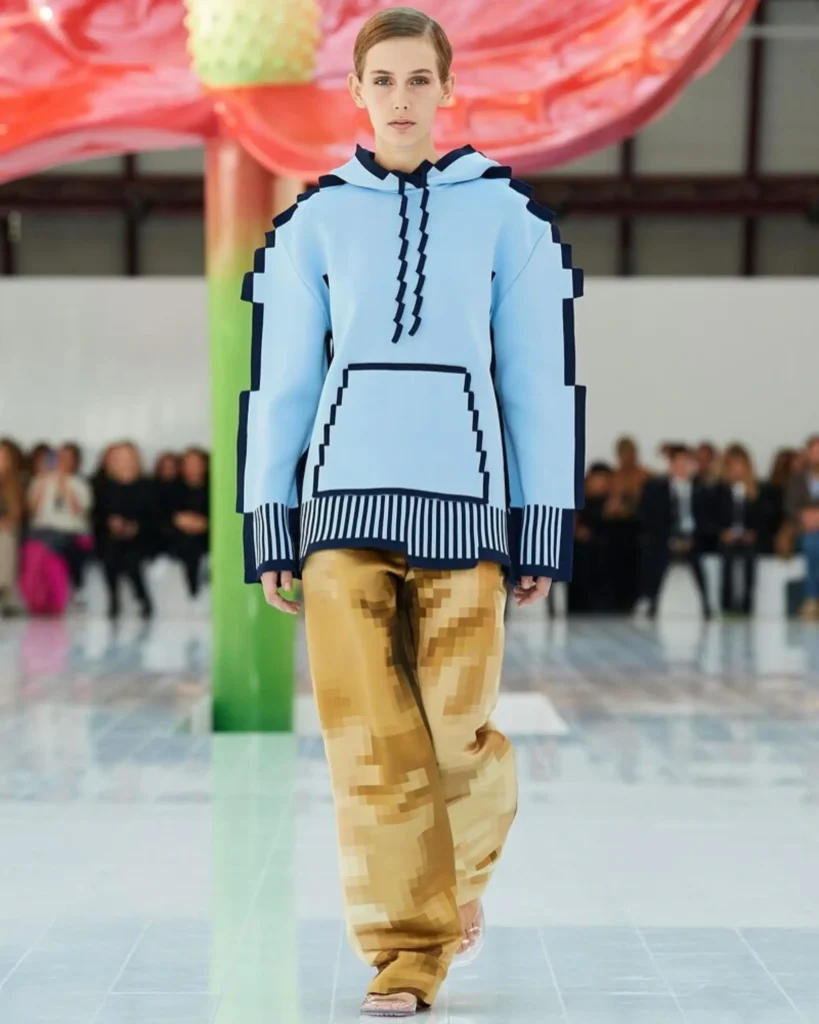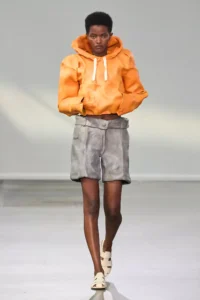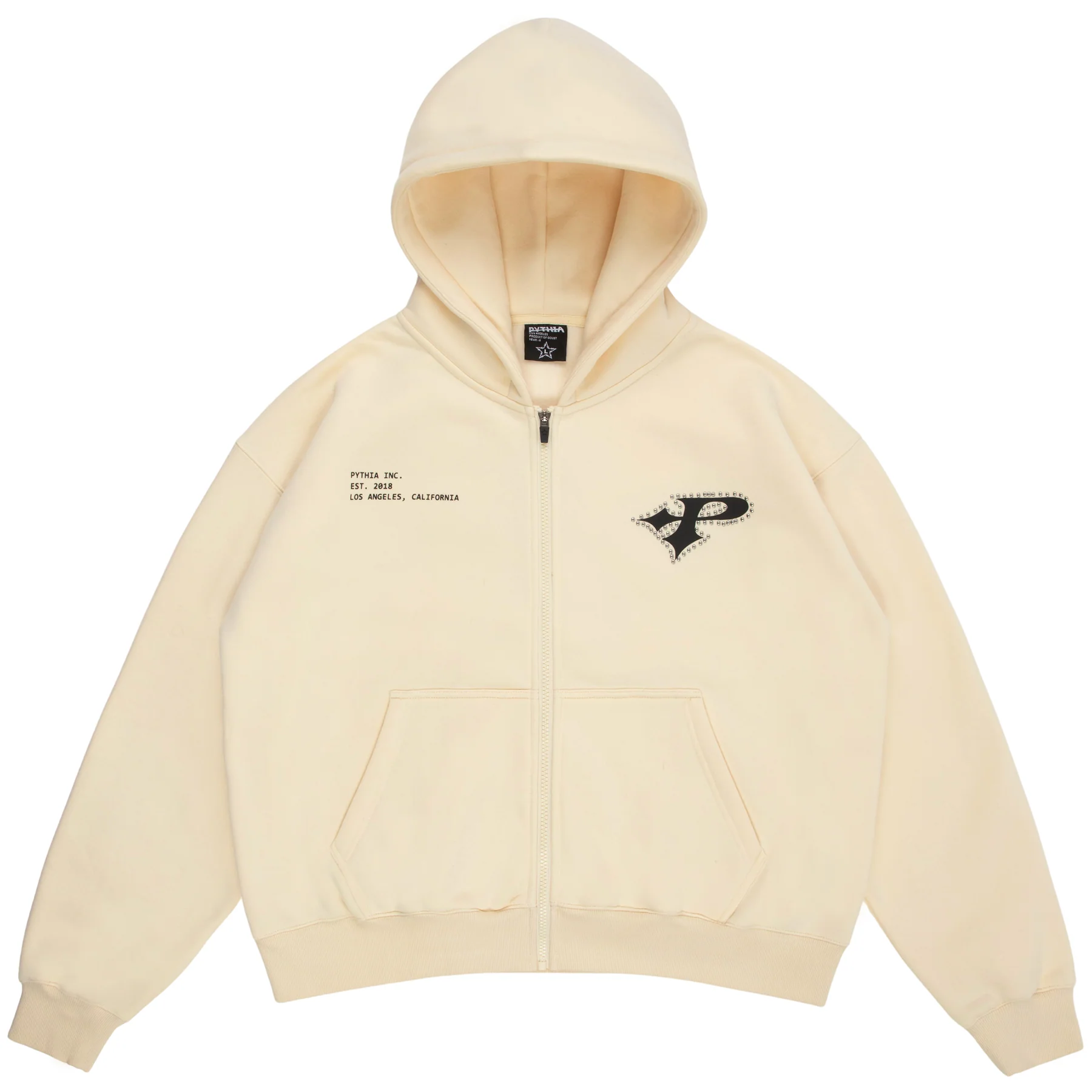
When Jonathan Anderson was announced as the new creative director of Dior Men, the fashion industry anticipated not simply a new collection but a rewritten narrative. Known for bending the codes of silhouette, proportion, and materiality, Anderson’s appointment at the historic Parisian house prompted immediate speculation: how would the radical mind behind JW Anderson and Loewe translate within the baroque legacy of Dior?
The answer emerged not just in garments, but in architecture, tempo, gaze, and space. Dior Men Summer 2026, staged at an undisclosed Parisian monument and livestreamed to a global audience, became not only a presentation of new clothing, but the invention of a new visual language—a composition inverted.
Inversion as a Design Philosophy
In classical visual art, composition is the arrangement of forms, the orchestration of balance, and the choreography of focal points. Dior, a house born from the hyper-orchestrated femininity of the New Look in 1947, has always prized composition as a way of encoding values—structure, luxury, refinement.
But Anderson’s Dior debut subverts this tradition. The models did not enter from a single, central point. They emerged from varied peripheries, corners of the monumental space, shifting direction mid-walk, sometimes moving against the flow of the camera’s framing. Viewers at home found themselves constantly readjusting. The conventional runway—a forward-facing corridor of fashion—had been collapsed, folded inward.
This disorientation was intentional. Anderson’s conception of composition privileges asymmetry, collision, and reversal. The garments reflected this as well. Tailored jackets buttoned off-center. Trousers wrapped around the waist with misaligned seams. The famed Dior Bar jacket was reimagined not with cinched elegance but with diagonal lacing across the chest, evoking restraint and release in equal measure.
The Venue as Active Frame
The show’s location, never explicitly named but easily identifiable to Parisians as a 19th-century civic landmark, played an integral role in the inverted staging. Instead of building a temporary runway inside or outside the structure, Anderson and the Dior team mapped the garments onto the space itself. Models ascended staircases and descended balconies. At one point, a look appeared within a window, refracted through a glass prism, visible only through the lens of a mirrored camera angle.
In fashion, the runway often serves as the axis of power—a centralized, linear highway on which the brand’s vision advances. But here, Anderson disrupted that axis. He used the space not as neutral backdrop but as narrative foil. The historical rigidity of the monument was populated by garments in motion that refused linearity. It was a confrontation between past and future, stillness and velocity.
This spatial experimentation mirrored Anderson’s longstanding interest in the theatrical and the performative. At Loewe, he transformed stages into shadowboxes, reflective mazes, and foam-scape runways. At Dior, he elevated that impulse by embedding movement into the building itself, turning the venue into an active compositional element.
Garment Construction and Visual Rhythm
Composition, in fashion, is not only about staging but about construction. The rhythm of silhouettes across a collection often dictates its emotional register. Traditional Dior compositions follow a curve: crisp opening tailoring, fluid mid-show experimentation, and a formal closing statement. Anderson shattered that rhythm.
He began with pieces that looked unfinished—raw hems, visible stitching, and exposed waistbands. They appeared deconstructed, yet each detail was calculated. Oversized shirts hung backwards. A vest was constructed from interlocking panels of silk and aluminum mesh, shimmering and rigid. Trousers were fastened at the knee, opening from the thigh to expose a reverse pleat.
The overall pacing felt like a wave in reverse. Instead of building to climax, the show unraveled, as though the garments were walking backward in time. This too was an inversion—a rebellion against narrative resolution.
Anderson is no stranger to this mode of storytelling. His own JW Anderson collections frequently toy with contradiction: knitwear with structural hardware, masculine silhouettes in traditionally feminine fabrics. At Dior, he refined this practice, merging historical Dior cuts with unlikely shapes. A shantung silk coat with pagoda shoulders evoked the archival work of Marc Bohan, but its diagonal closure and exaggerated lining disrupted any sense of nostalgia.
Material Contrast as Conceptual Tension
The composition of a look extends beyond silhouette. It lies in the dialogue between materials. Anderson’s Summer 2026 collection played this dialogue with poetic aggression.
Hard met soft. Organza trousers floated beneath patent-leather corsets. Loosely woven mohair layered under technical mesh outerwear. A key motif was inversion of expectation: materials associated with eveningwear—chiffon, lurex, hand-beaded tulle—were cut into daywear proportions. In contrast, heavy cotton twills and waxed canvas appeared in shapes typically reserved for couture: capes, bustled jackets, and elbow-length gloves.
This tension embodied a kind of visual dysrhythmia, where nothing behaved as it ought to. In a look reminiscent of early Dior haute couture, a floor-length tunic was pleated in reverse, its folds collapsing toward the hem, rather than radiating from the waist. Another ensemble featured a structured blazer worn backward, the back panel split open to reveal a harnessed undershirt.
Throughout the collection, this play of reversal invited the viewer to question their orientation: what is front, what is side, what is structure, what is embellishment?
Sound, Gaze, and Livestream Dynamics
The livestream itself was not merely a documentation method, but part of the compositional invention. The camera angles were purposefully unsteady, alternating between drone-like overhead shots and grounded, side-crawling pans. There was no fixed focal length; instead, perspective shifted unpredictably, mimicking the erratic angles of Renaissance Mannerist painting, where perspective obeys emotion over realism.
The soundtrack, composed by Japanese ambient artist Ichiko Aoba, offered delicate piano chords layered with distorted field recordings—church bells, typewriters, footsteps. This auditory collage paralleled the visual one: familiar notes played in reverse, spatially scattered, emotionally incomplete.
By resisting linearity in both sound and vision, the livestream became a surrogate stage for inverted composition. Those watching on screens weren’t observers—they were participants in a mediated choreography, required to adjust, interpret, and reposition their gaze with each cut.
The Reinvention of Dior’s Legacy Codes
Dior’s menswear has long walked the tightrope between tradition and transformation. Under Kim Jones, the brand became known for collaborations with contemporary artists like Daniel Arsham and Hajime Sorayama, emphasizing futurism and surface design. Anderson’s debut, by contrast, turned inward—into the structure of fashion itself.
He did not collaborate for this show. Instead, he drew on Dior’s own history as his point of inversion. The use of the lily of the valley, one of Christian Dior’s favorite emblems, appeared in the form of reverse-embroidered appliqué, stitched onto the inside of coats rather than the outside. The Dior logo was present, but only in the negative space of laser-cut overlays or embossed under transparent fabrics.
This quiet subversion—honoring the codes while recoding them—became the heart of the composition invented. It was not erasure of legacy, but excavation. Anderson seemed to ask: what happens when you flip the image, turn the pattern, untrain the eye?
Flow
Initial reactions to the show were divided but fervent. Some critics praised Anderson’s debut as a high-concept redefinition of masculinity through composition. Others questioned the accessibility of the looks, wondering if the intellectualism of inversion might alienate customers more than inspire them.
Yet few could deny the technical mastery. The hand-finished garments, the restraint in color palette (dusty greens, oxidized silver, powder blues), and the meticulous choreography of the show all pointed to a vision fully realized. Unlike shows that aim for viral impact, Anderson’s Dior debut left behind questions, not answers. It required study. It invited discomfort.
In an industry often obsessed with immediacy, Anderson’s composition asked viewers to slow down, to look again. To invert not only their visual field, but their assumptions.
Impression
Perhaps the most radical invention of Dior Men Summer 2026 was not a specific garment, but the show’s reframing of space itself. No longer was the runway a line to be walked—it became a map to be interpreted, a score to be played with dissonance.
Anderson’s inversion of composition signals a broader shift in fashion presentation, where digital experience, spatial disruption, and philosophical layering merge. Fashion is no longer about what is worn, but how it is seen, how it is staged, and what it deconstructs in the process.
As the final look exited—not through a grand finale march, but by stepping into a shadowed archway barely visible on camera—the screen faded not to black, but to white. It was a ghost image, a blankness that carried the weight of everything shown.
No comments yet.









